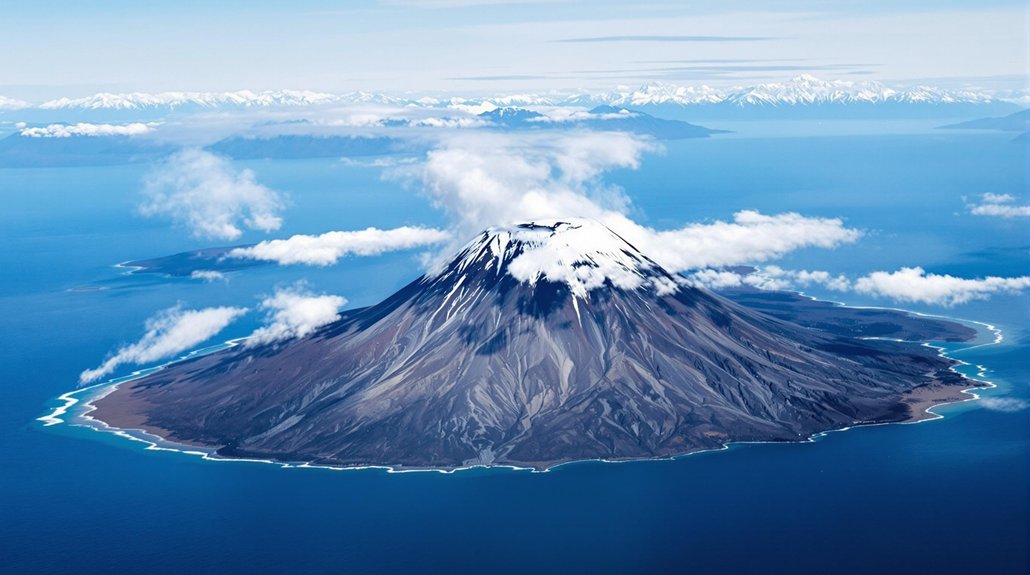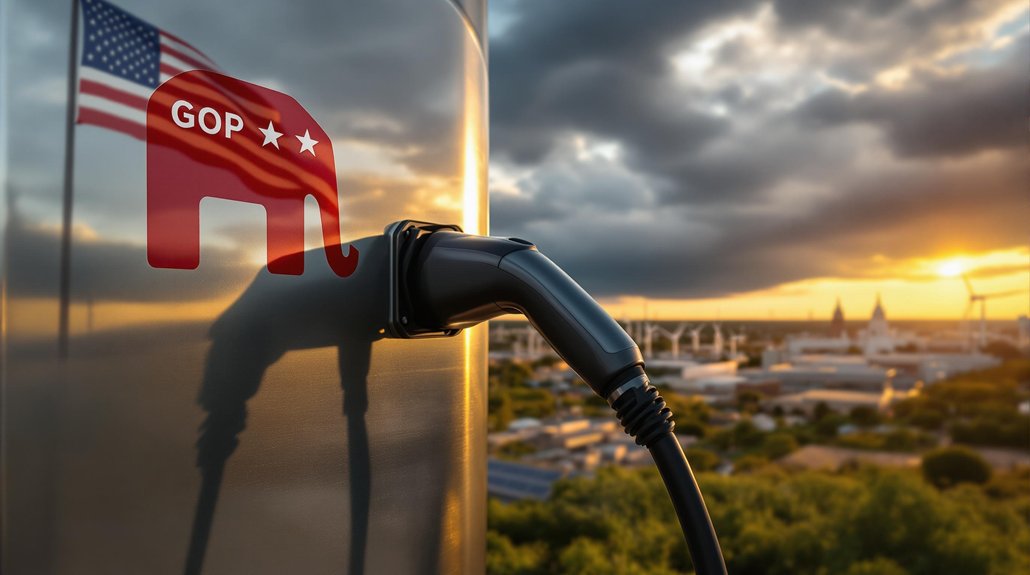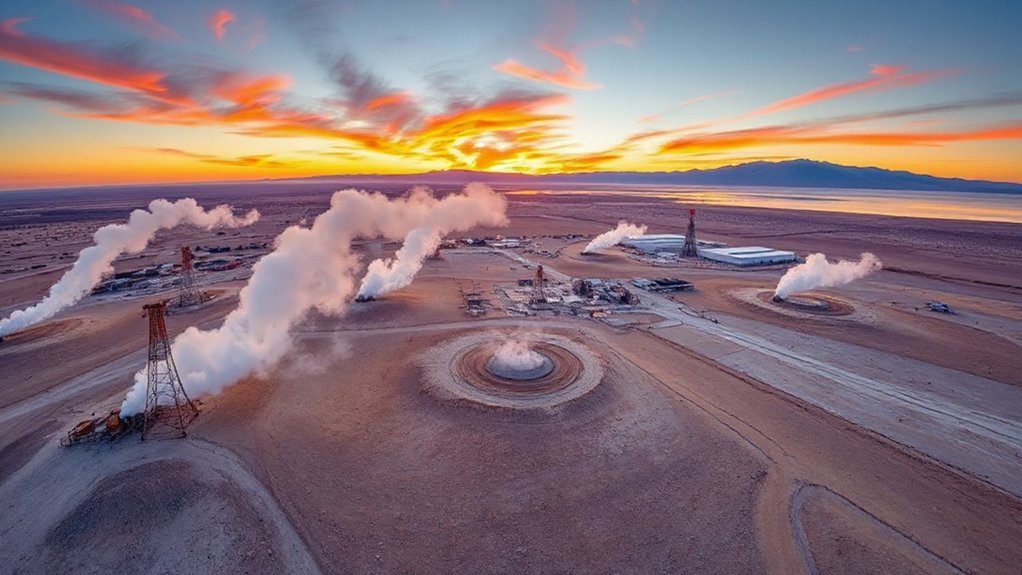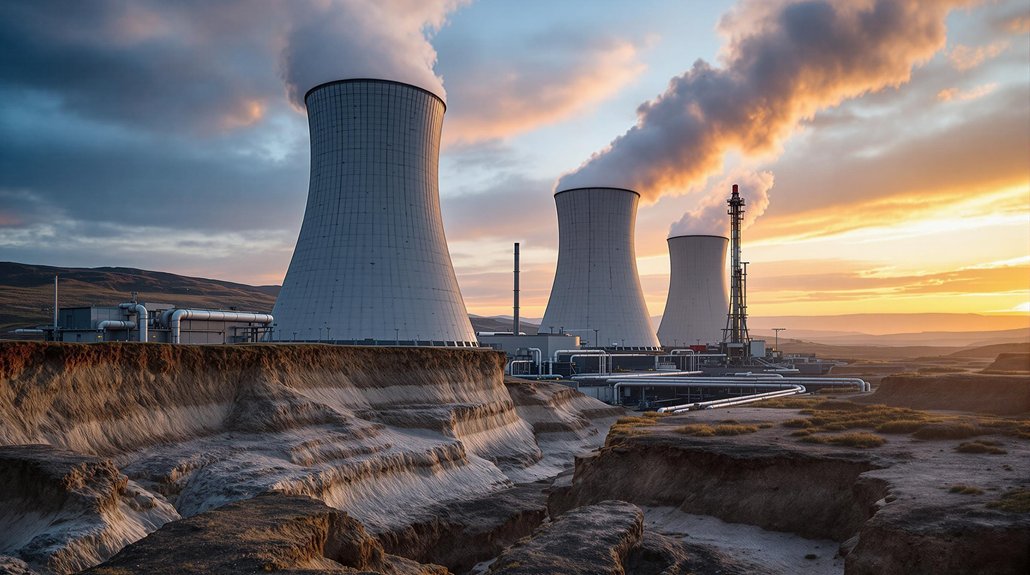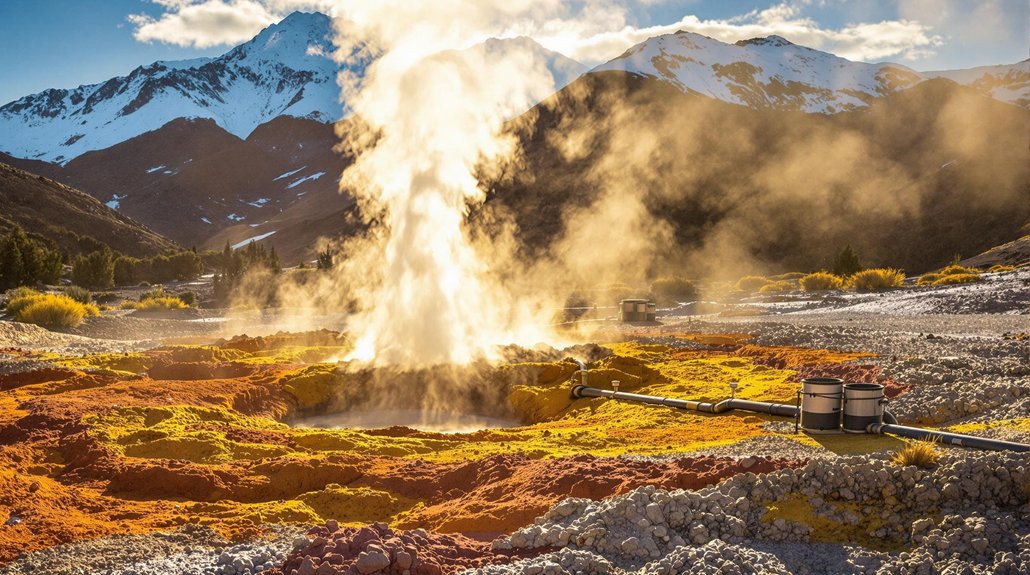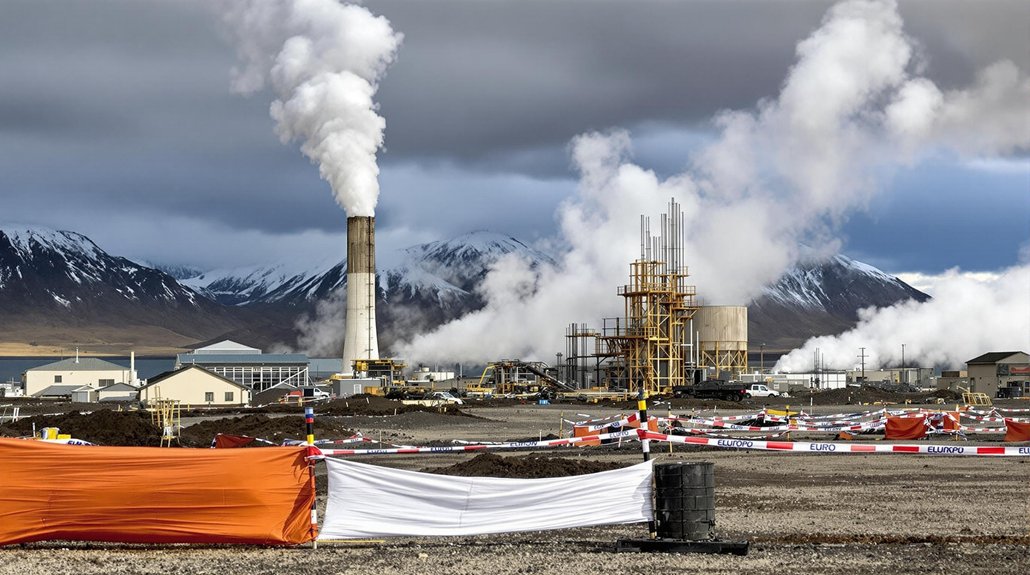Alaska’s Division of Oil and Gas plans to auction geothermal energy leases on Augustine Volcano in spring 2025. The historic sale will cover up to 55,771 acres across 24 tracts on the north side of the island, located 175 miles southwest of Anchorage. Despite risks from eruptions and remote location challenges, geothermal power could diversify Alaska’s energy mix using the volcano’s underground heat. Safety monitoring will be essential as companies explore this explosive but promising resource.
Why would energy companies bid on an active volcano that could erupt at any moment? That’s the question as Alaska’s Division of Oil and Gas prepares to auction geothermal energy leases on Augustine Volcano beginning spring 2025. The 4,133-foot peak, located 175 miles southwest of Anchorage in southern Cook Inlet, has serious energy potential despite its explosive nature.
Augustine is part of the Pacific Ring of Fire, where heat from the Earth’s core creates steam and hot water that can generate electricity. The volcano last erupted in 2005 and 2006, showing it remains active. Companies that win lease rights can drill wells to tap this underground heat source.
Augustine’s explosive power isn’t just destructive—it’s a potential clean energy goldmine waiting to be tapped.
The cone-shaped island presents unique challenges for energy developers. Drilling into an active volcano comes with safety risks from possible eruptions, ash clouds, lava flows, and mudslides. The island’s remote location, about 70 miles from Homer, adds logistical hurdles for workers and equipment.
Alaska officials believe the volcano’s energy potential outweighs these risks. Geothermal power could diversify the state’s energy mix while utilizing federal tax credits for renewable projects. The proximity to population centers makes the electricity potentially viable, though transmission lines would need to be built. The high availability factor of geothermal energy makes it particularly attractive as a reliable power source unaffected by weather conditions. GeoAlaska LLC is currently seeking to lease approximately 3,047 acres on the south side of Augustine Island for their prospecting efforts.
This isn’t Alaska’s first attempt at volcanic energy production. Previous lease sales at Mount Spurr in the 1980s and 2008, plus an earlier Augustine sale in 2013, didn’t result in any working power plants. However, small-scale success at Chena Hot Springs and progress on the Makushin Volcano project near Unalaska provide some hope.
The Alaska Volcano Observatory closely monitors Augustine using seismic sensors, webcams, and satellite data to detect any warning signs of eruption. This monitoring network will be essential for worker safety if exploration moves forward.
The state issued its formal finding about the lease sale on January 10, 2025, and will conduct environmental reviews before any drilling begins. The public can comment on the plans as part of the approval process. The planned lease sale will cover up to 55,771 acres in 24 tracts on the north side of the island.
